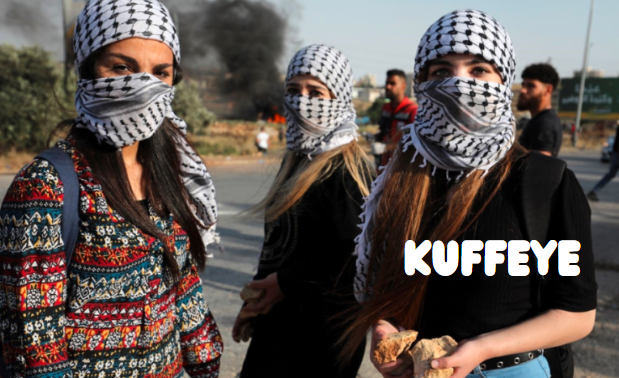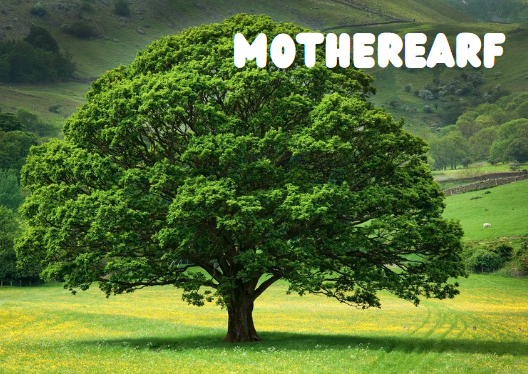Kuffeye: Understanding the History, Cultural Significance, and Modern Influence of a Timeless Icon
The “kuffeye” is a cultural item that has persisted through the ages, becoming both a symbol of tradition and an evolving fashion statement. Originating as a functional garment worn across the Middle East, the kuffeye has evolved into a symbol of cultural identity, resistance, and solidarity across various contexts globally. As its global popularity increases, it’s important to delve deeper into its origins, symbolism, and the reasons why it continues to resonate with people in the USA and beyond.
What is the Kuffeye?
The kuffeye, often known as the keffiyeh, is a traditional Middle Eastern headdress that traces its roots back thousands of years. Made from a square piece of cloth—typically cotton or a cotton-wool blend—it is folded into a triangle and worn on the head, often secured by a band called the agal. The kuffeye serves both practical and symbolic purposes, providing protection from the sun, wind, and sand in desert environments.
A Practical Garment Turned Cultural Icon
The kuffeye was originally worn by farmers, shepherds, and Bedouins to protect against harsh desert conditions. Over time, it became a ubiquitous part of daily life in the Middle East, adopted by various groups, including military personnel. Its colors, patterns, and styles have long carried symbolic meanings tied to regional affiliations, status, and even political alignments.
In the modern world, however, the kuffeye has taken on broader significance, transitioning from a functional item to a symbol of cultural pride, political resistance, and even global fashion.
The Cultural Significance of the Kuffeye
To truly understand the kuffeye, it’s essential to explore its deep cultural significance. In the Middle East, the kuffeye is more than a practical item—it’s an emblem of national pride and regional identity.
Historical Importance of the Kuffeye
Historically, the kuffeye has been worn in many countries, including Palestine, Jordan, Iraq, Syria, and the Arabian Peninsula. The patterns and colors of the kuffeye can denote regional identities. For example, the black-and-white kuffeye is most commonly associated with Palestine and has been a prominent symbol of Palestinian solidarity and resistance since the mid-20th century.
The red-and-white version is often associated with Jordan and is a key symbol in Bedouin culture. The patterns on the kuffeye, typically a combination of intricate geometric shapes, can vary in style, signifying different affiliations or tribes.
The Kuffeye and Palestinian Identity
The kuffeye has become deeply intertwined with Palestinian identity, especially during the Palestinian liberation movement in the 1960s. Yasser Arafat, a key figure in Palestinian history, often wore the black-and-white kuffeye, further cementing its symbolic power. Over time, the kuffeye has come to represent resistance against oppression, a beacon of solidarity for those struggling for political autonomy, and a symbol of national pride.
The Kuffeye in Other Middle Eastern Cultures
While the Palestinian kuffeye is the most internationally recognized version, it is important to acknowledge its variations throughout the Arab world. In Jordan, the red-and-white kuffeye symbolizes loyalty to the Hashemite monarchy. In Iraq, a darker-colored version of the kuffeye is worn in rural areas and among tribes as a sign of pride and strength.
The Global Impact of the Kuffeye
While the kuffeye’s roots are deeply embedded in Middle Eastern culture, it has made its way into the global consciousness, becoming a widely recognized and frequently worn garment in various parts of the world, particularly in the United States.
The Kuffeye in Western Fashion
In recent decades, the kuffeye has transcended its origins, making its way into the world of global fashion. Celebrities, designers, and influencers have embraced the garment, often styling it in ways that diverge from its traditional use. For some, the kuffeye is a fashion statement—an aesthetically pleasing accessory that adds an exotic, bohemian touch to an outfit. However, this trend has sparked a debate about cultural appropriation and the risk of reducing a deeply meaningful symbol into a superficial fashion item.
The Kuffeye in Political Movements
Beyond fashion, the kuffeye has become a symbol in many political movements outside the Middle East. For instance, it has been adopted by various activist groups in the USA and Europe as a sign of resistance and solidarity with oppressed peoples globally. The black-and-white kuffeye has appeared at anti-globalization protests, pro-Palestinian demonstrations, and even in the Occupy Wall Street movement.
For some, wearing the kuffeye represents solidarity with marginalized communities and a rejection of oppression. However, others argue that wearing the kuffeye without understanding its cultural and political significance diminishes its meaning.
The Modern Reinterpretation of the Kuffeye
In recent years, the kuffeye has undergone a transformation, adapting to the tastes of modern consumers and becoming a popular accessory beyond the political sphere. Fashion houses and retailers around the world have incorporated the kuffeye into their collections, reinterpreting its patterns and colors in new ways.
Ethical Considerations in the Popularization of the Kuffeye
As the kuffeye becomes more prominent in Western fashion, concerns have arisen about cultural appropriation. Some argue that the mass production of kuffeyes by Western companies strips the garment of its cultural and political meaning, turning it into a commodified item.
Others advocate for the responsible production and sale of kuffeyes by supporting businesses that are owned by Middle Eastern artisans and that respect the cultural significance of the garment. In this way, consumers can enjoy the aesthetic appeal of the kuffeye while supporting the communities that originally produced it.
The Kuffeye in American Society
In the USA, the kuffeye has emerged as both a fashion accessory and a political statement. Its versatility makes it an attractive piece for those seeking to express their individuality, cultural awareness, or political beliefs.
The Kuffeye as a Fashion Statement in America
American fashion has always been eclectic, drawing inspiration from diverse cultures. The kuffeye has become a part of this global tapestry, worn by celebrities, influencers, and everyday people alike. Whether styled as a scarf, head wrap, or even a belt, the kuffeye offers a unique blend of fashion and functionality.
However, it’s essential to acknowledge the origins of the kuffeye when wearing it. Unlike other fashion trends, the kuffeye carries significant cultural weight, and wearing it without understanding its history and meaning can be viewed as insensitive or disrespectful.
The Kuffeye and Political Expression in the USA
The kuffeye has also found its place within American political movements. Activists who wear the kuffeye often do so to express solidarity with Middle Eastern struggles or to protest against various forms of oppression. For many, the kuffeye represents resistance, solidarity, and the fight for justice—values that resonate across cultures.
Responsible Use of the Kuffeye in America
The rise of the kuffeye in American culture comes with responsibility. While wearing it can be a powerful way to express solidarity with global struggles, it is important to approach it with respect for its deep cultural and political significance. Consumers who wish to wear the kuffeye can do so responsibly by supporting ethically sourced versions that come from Middle Eastern artisans or by educating themselves on its history and meaning.
Kuffeye: A Timeless Garment with Evolving Meaning
The kuffeye is more than just a piece of fabric—it’s a symbol that carries deep cultural, political, and historical meaning. From its origins in the Middle East to its global presence today, the kuffeye continues to evolve, finding new meanings and uses in different cultural contexts.
As its popularity grows, it is crucial to remember the roots of this powerful symbol. Whether worn as a statement of solidarity, a fashion accessory, or a practical garment, the kuffeye represents a unique blend of tradition, identity, and resistance. In today’s world, where cultural symbols are often appropriated and repurposed, understanding the origins and meaning of the kuffeye allows for a more respectful and responsible engagement with this timeless icon.
Frequently Asked Questions (FAQs)
What is a kuffeye?
The kuffeye, also known as a keffiyeh, is a traditional Middle Eastern headdress made from a square piece of cloth, usually cotton. It is worn to protect against harsh weather conditions like sun and wind.
What does the kuffeye symbolize?
The kuffeye has various meanings depending on the region. In Palestine, it symbolizes resistance and solidarity. In Jordan, it is a sign of loyalty to the Hashemite monarchy and Bedouin pride.
Is it okay to wear a kuffeye as a fashion item?
While the kuffeye has gained popularity as a fashion accessory, it is important to recognize and respect its cultural significance. Wearing it without understanding its history or context can be viewed as cultural appropriation.
Where can I buy ethically sourced kuffeyes?
Many companies and online retailers offer ethically sourced kuffeyes that support Middle Eastern artisans. It’s essential to do research and buy from reputable sources that respect the garment’s cultural origins.
Why do activists wear the kuffeye?
The kuffeye has become a symbol of resistance, particularly in Palestinian solidarity movements. Activists wear it to express support for oppressed communities and to protest against global injustices.






